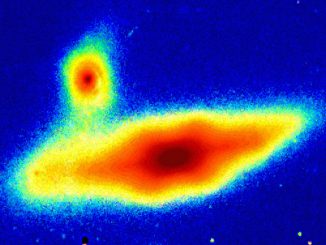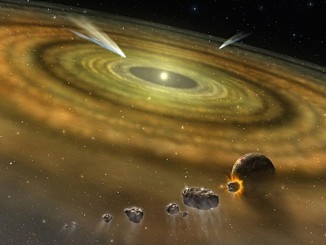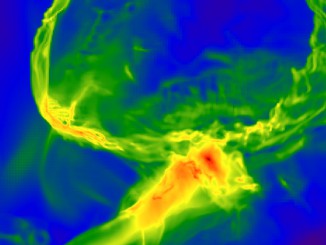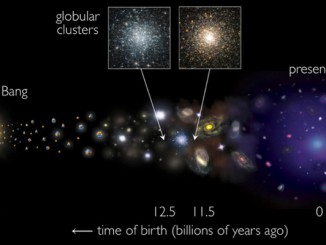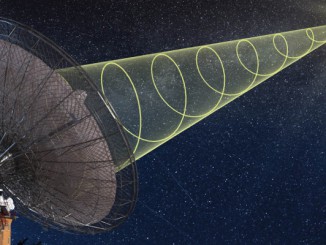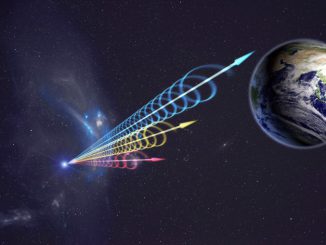
Mapping the cosmic web with fast radio bursts
Fast radio bursts, or FRBs, are mysterious flashes of radio waves originating outside our Milky Way galaxy. A team of scientists, jointly led by Caltech postdoctoral scholar Vikram Ravi and Curtin University research fellow Ryan Shannon, has now observed the most luminous FRB to date, called FRB 150807.



